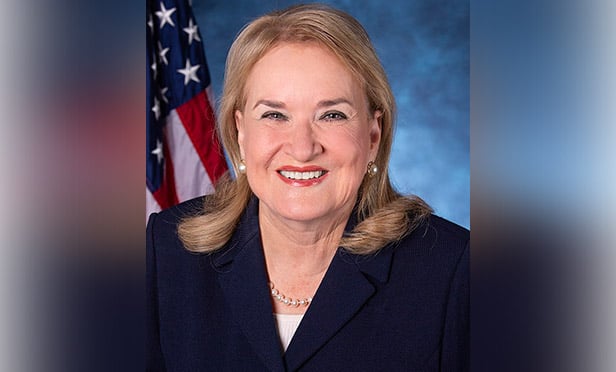Here’s the last installment in a series of articles we’ve been running about the demographic variables that shape House members’ lives, based on data from the Census Bureau’s 2017 American Community Survey results.
House members from some congressional districts see no evidence of any “Silver Tsunami” of old people when they go home to their district offices.
In their districts, the “old-age dependency ratio” — the number of people ages 65 and older as a percentage of the number of people ages 18 to 64 — is low.
The Census Bureau uses old-age dependency ratios to summarize how big the population of older people in a community is when compared with the number of people in what has traditionally been seen as the working-age population.
The 2017, the median district-level old-age dependency ratio was 56.7%.
Old-age dependency ratios ranged from a high of 75.4%, in a district near Orlando, Florida, down to under 14%, in four districts in the West and Southwest.
For the five districts with the lowest 2017 old-age dependency ratios, see the data cards in the slideshow above.
— Read 10 States Where Workers Went to Hell, on ThinkAdvisor.
— Connect with ThinkAdvisor Life/Health on Facebook, LinkedIn and Twitter.







 July 11, 2019 at 01:24 PM
July 11, 2019 at 01:24 PM

















 Slideshow
Slideshow


